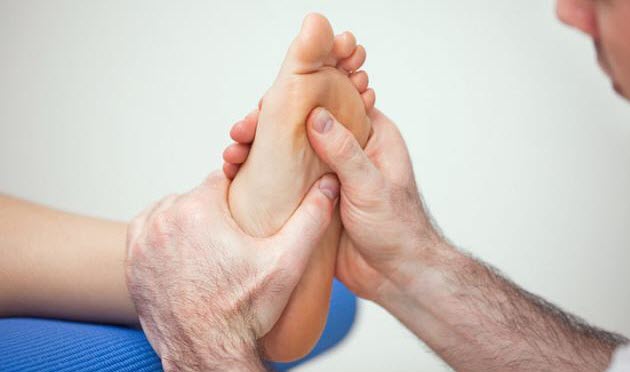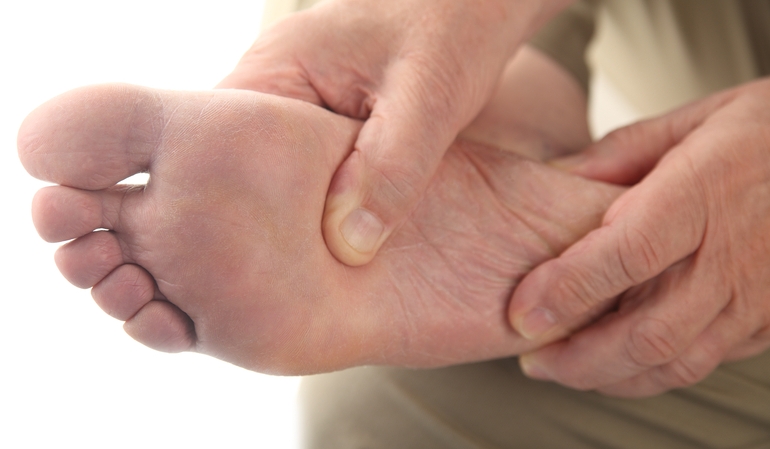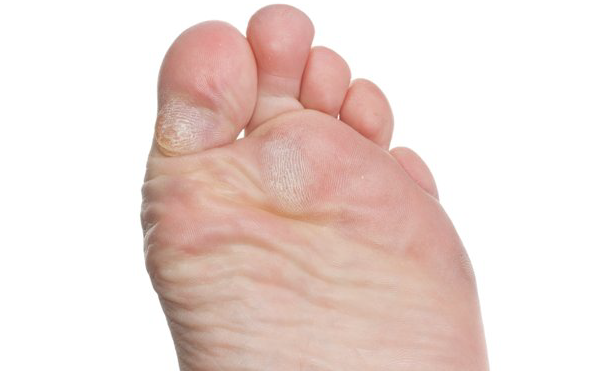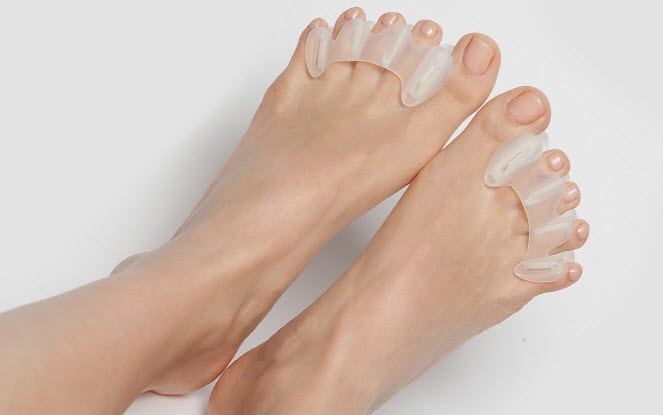Reflexology is the application of pressure to areas on the feet, hands and ears to alleviate stress and other ailments. So how does reflexology work? Reflexology works by pressing a point on the body which corresponds to organs and systems of the body. Chief advocates of this theory believe that pressure applied to these areas has a great impact on the organs and benefits the person’s health. Reflexologists use foot charts which aid them when they apply pressure to specific areas. Practitioners of reflexology use certain items like rubber balls, rubber bands and sticks of wood, which makes their work more effective.
Practitioners of reflexology include chiropractors, physical therapists, and massage therapists, among others. Reflexologists claim that reflexology also can treat a number of diseases such as asthma, diabetes, and chronic diseases like cancer by activating various foot acupressure points. However, science begs to differ from these claims made by reflexologists. Reflexology is safe, but a few people may not feel comfortable or might feel pain when pressure is applied to specific areas.
Reflexology for the Treatment of Bunions
Reflexology offers great treatment options to people who suffer from various problems. Most foot problems are caused by faulty mechanics in the foot and are related to over pronation and tight calf muscles. The tight calf muscle lead to the heel rising early during the walking cycle, putting pressure on and over-stressing the Achilles tendon, the posterior tibial tendon and the ball of the foot. Bunions, calluses, crooked toes and plantar fasciitis are some of the foot problems which we usually face.
Bunions are a structural change in the foot, which is kind of a bone deformity at the great toe joint. Bunions are a result of abnormalities in foot structure and mechanics; and the conditions worsen if you end up wearing wrong shoes. Bunions develop gradually and the pain is generally a dull, achy pain which you feel while walking or even sitting. When wearing tight or narrow shoes, the pain may be intense on the inside of the great toe joint, due to pressure from the shoes.
As far as reflexology is concerned, bunions indicate that there is a possibility of congestion around the area of the spleen/pancreas meridian which starts on the outer edge of both big toes. It starts from the big toe, continues up the leg, up through the pelvis and abdomen, and winds up at the shoulder. If this area remains congested, it can also cause fungus, stiffness, and in growing toenails, especially on the big toe; shinbone, knee, and thigh pain; varicose veins, psoriasis and eczema especially at the legs along the meridian; pain around the groin region or hernias menstrual problems and other gynecological problems such as cysts, fibroids or infections; abdominal pain; issues in the underarm area like eczema and the swelling around the lymph node; even problems in the breast area such as tenderness and lumps.
There is no particular reflex for the big toe to get ample relief from bunions, but gently kneading on and around the affected area can help ease the pain and would work on the sacral and lumbar areas of the spine reflex, and the kidney reflexes, which ensure that the kidneys are functioning and getting rid the body of uric acid. This causes gout, a form of arthritis which is another cause of bunions. To balance the spleen and pancreas area one needs to work on the spleen and pancreas reflexes.
Reflexology for the Treatment of Calluses
Foot calluses are very common as the skin on the feet is subjected to a great deal of pressure, owing to ill-fitted shoes, walking barefoot and body weight distributed unevenly. Repeated pressure can cause it to thicken and form calluses. In Reflexology, the heel area represents the pelvic region of the body, including the structures of the lower back:
- bonesmirror the sacrum, lumbar, coccyx, hips
- musclesmirrors the gluteus maximus/medius/minimus, piriformis, psoas, iliac
- nervesrepresent the sacral plexus, lumbar plexus, coccygeal plexus
By applying unique Reflexology thumb and finger pressure techniques to these areas, we enable the body to bring out our innate healing abilities and rectify the imbalance of the body around the corresponding areas. When the body is able to heal itself, we notice a marked improvement in health, and we see and feel an improvement in the reflex areas as well.
Reflexology for the Treatment Crooked Toes
What are crooked toes? They are a very common problem in which one or more of the smaller toes become unnaturally bent at the small joint quite near the long bones of the foot (proximal interphalangeal joint).This is rather painful and can lead to other conditions like corns or bursitis. The condition can result from hereditary factors but mostly is a result of ill-fitting shoes.
Practice these reflexology techniques to get substantial relief from crooked toes.
- Stretch the toes to their full extent–Employ relaxation techniques such as toe rotations, and the reflexology thumb and finger walking techniques. Apply them on the toes to relax them, catering to the potent reflexes on the toes.
- Place a towel on the floor-Bunch your toes up and try to pull the towel on the floor towards you. This helps to straighten and strengthen the toes.
Reflexology for the Treatment of Plantar Fasciitis
Plantar fasciitis is the most common cause of pains in your heels and is characterized by sharp and shooting pain in the heel as soon as you put your first foot down after deep sleep at night. Plantar fasciitis is actually the tearing and inflammation of a long ligament in the bottom part of the foot. This ligament-type structure is known as the plantar fascia and supports the arch. It is said that reflexology for plantar fasciitis can give you ample relief from the searing pain.
Reflexologists are of the opinion that reflexology sends signals to the nervous system inciting hormones which help reduce pain and stress in the body. Some people, however, would like to believe that they are glorified versions of massages. Reflexology helps stretch the areas that cause plantar fasciitis symptoms. This helps ease the stress around the ligaments and muscles of the foot and calf, and helps relax the area as well as up the blood circulation. The pain and inflammation in the area caused by plantar fasciitis are thus suitably reduced. Reflexology is thus one of the best plantar fasciitis treatments.
Reflexology is known as one of the best alternative treatments which can be used as a supplemental therapy to the more conventional mode of treatments. Though many have questioned the effectiveness of reflexology, the results speak volumes. So be it your foot problems or any other health issues, activating the foot reflexology points can help you get relief from many ailments.




Comments are closed